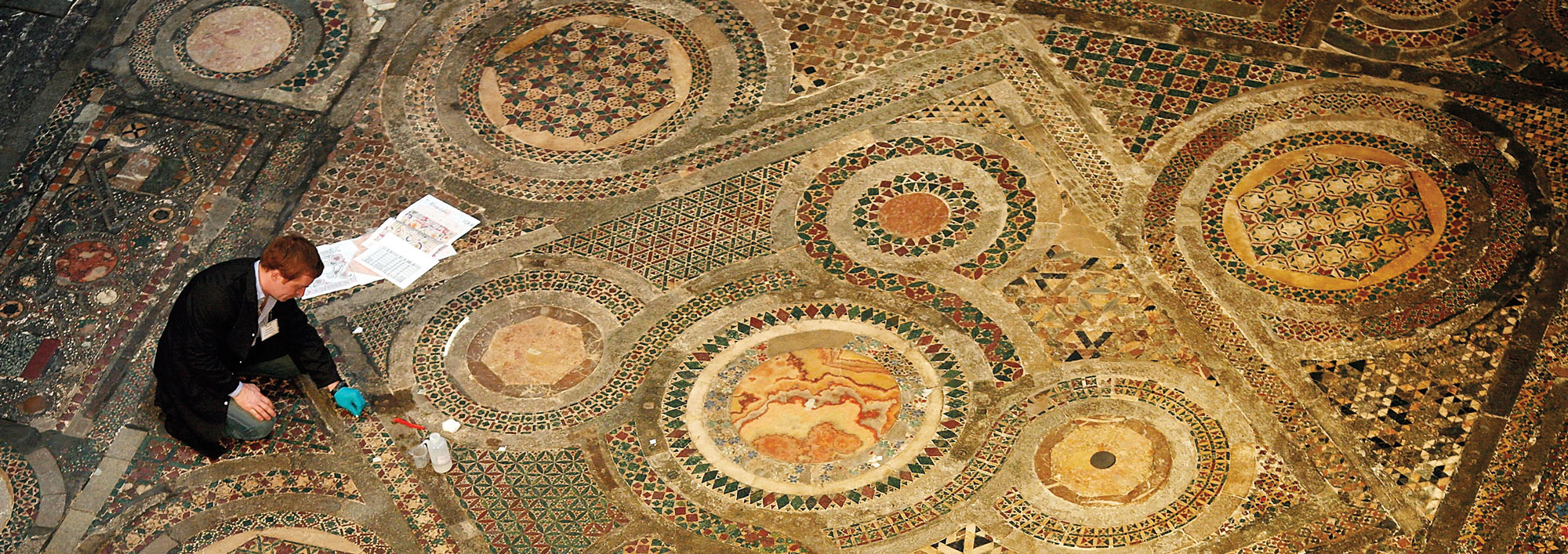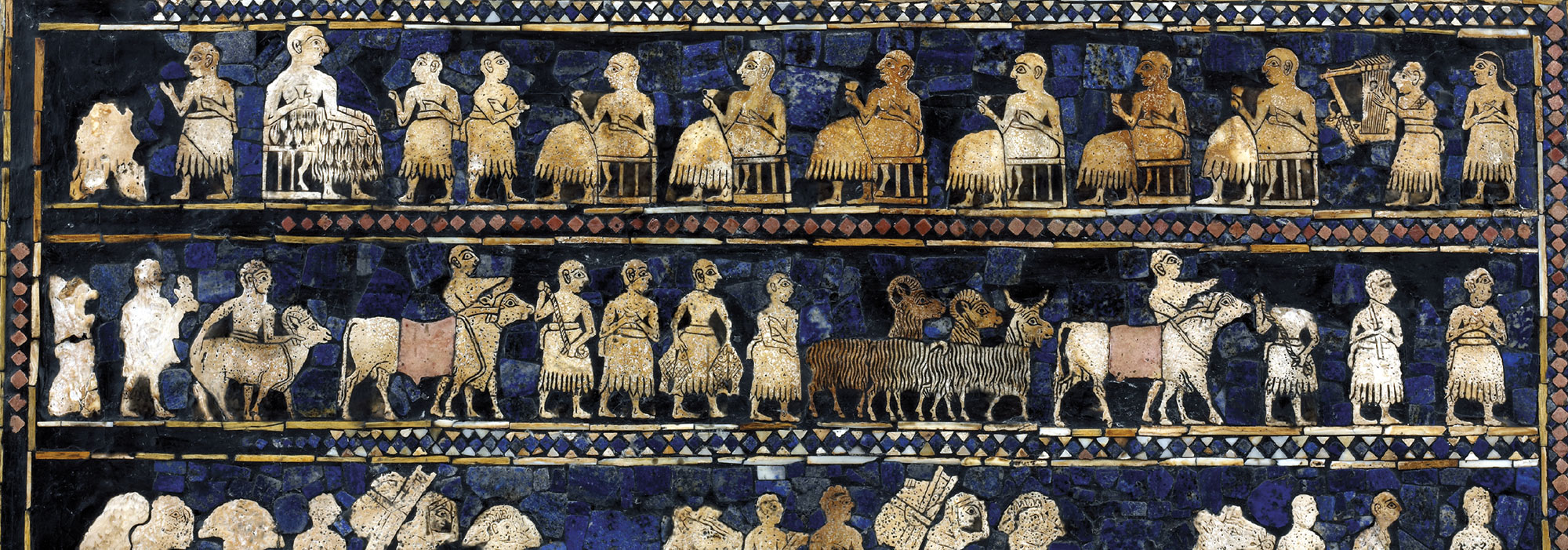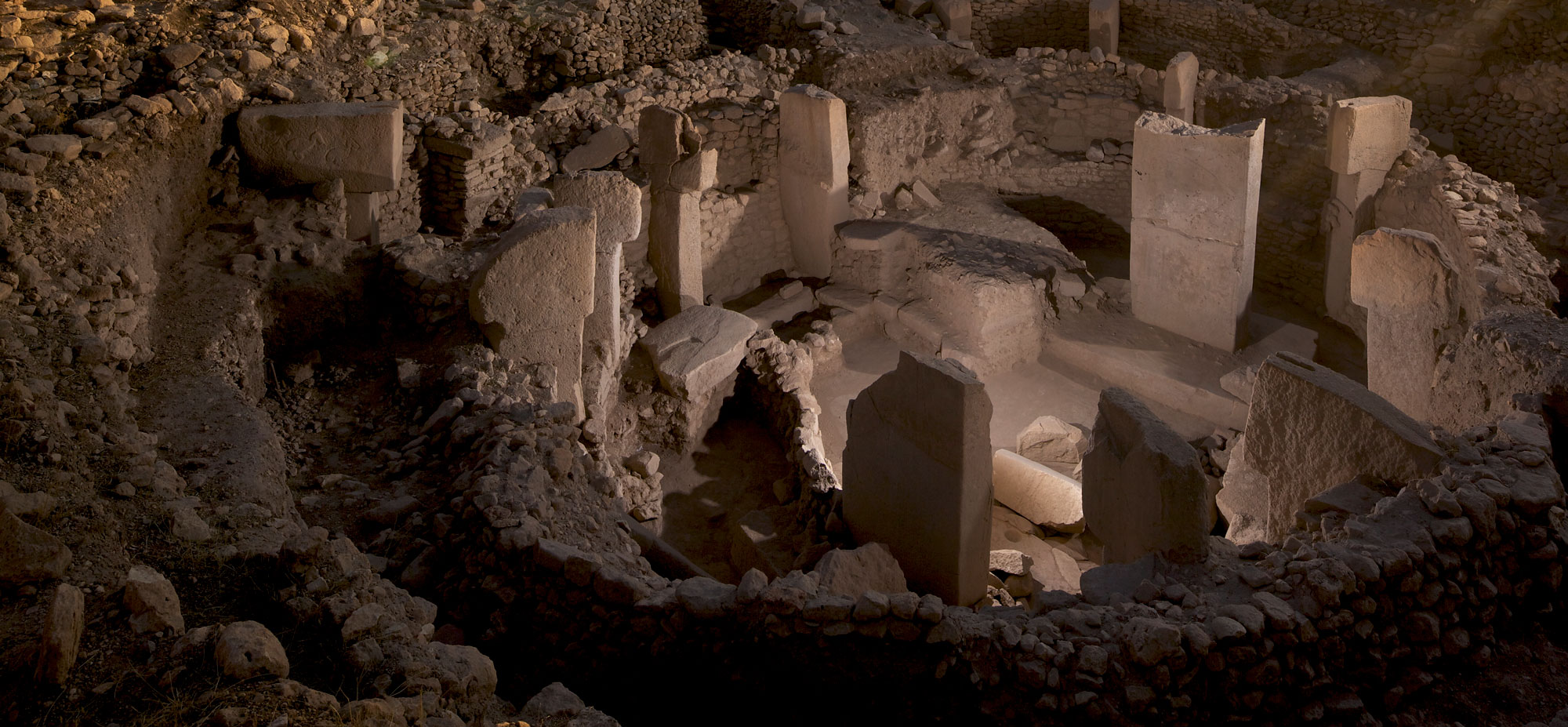
TURKU, FINLAND—According to a statement released by the University of Turku, Ulla Moilanen and her colleagues have re-evaluated the contents of the so-called Suontaka grave, which was discovered in southern Finland in 1968 during a construction project. The 1,000-year-old grave held human remains, a sword with a bronze handle, a second weapon, and jewelry typically associated with a woman’s clothing. It had been previously suggested that the grave held the remains of a man and a woman, or a woman who had been a warrior or a leader. The new study indicates that just one person was laid on a feather blanket, wearing furs and feminine clothing, with a hiltless sword at the left hip. Elina Salmela of the University of Helsinki said that analysis of the individual’s badly damaged DNA found evidence of Klinefelter syndrome, in which a person carries the sex-chromosomes XXY. People who have Klinefelter syndrome may be anatomically male, but may also experience breast growth, diminished muscle mass, and infertility. Moilanen explained that the highly respected person buried in the Suontaka grave may not have been considered to be strictly male or female, based upon the variety of objects recovered from the grave. The researchers also determined that the bronze-handled sword was added to the grave sometime after the original burial. Read the original scholarly article about this research in the European Journal of Archaeology. To read about reevaluation of the gender of the deceased in a Swedish grave, go to "Viking Warrioress."










